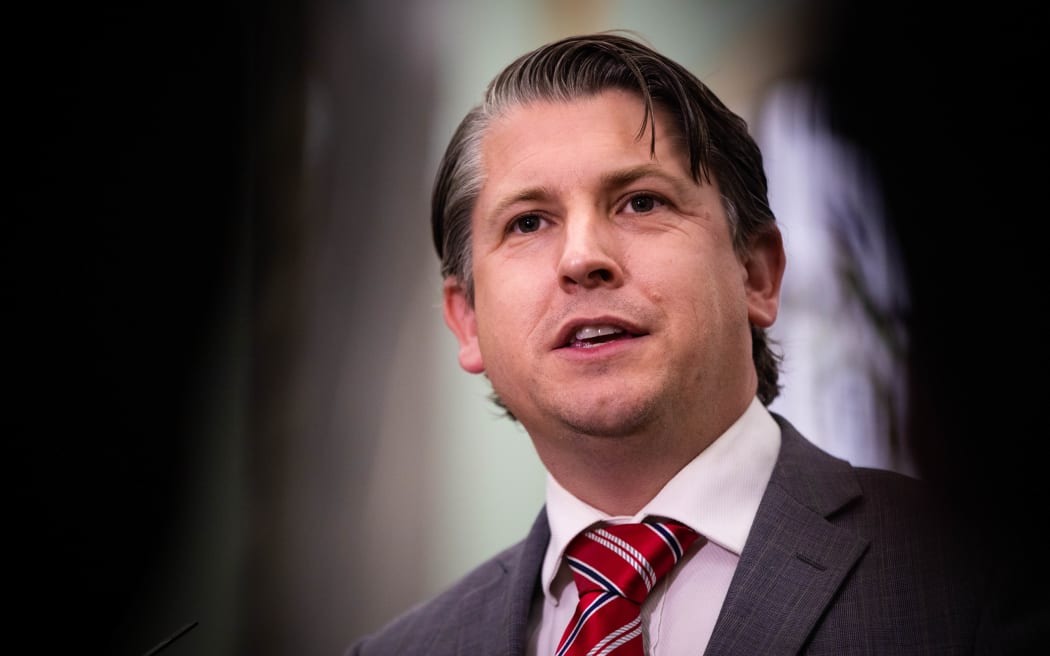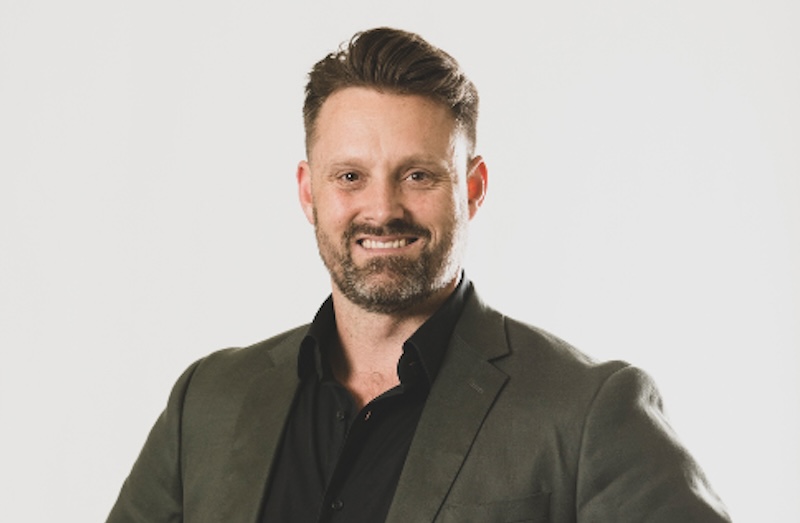A lack of funding is forcing WorkSafe to reduce its focus on adventure activities, and it is unable to hold some companies that break health and safety laws to account.
WorkSafe says its decision to reduce resourcing for adventure activities was an ‘uncomfortable and difficult judgement to make’.
Photo: 123RF
The health and safety regulator has warned its minister it had made a “pragmatic decision” to focus more on the “high harm” forestry, transport, manufacturing and construction industries over “comparatively lower risk” adventure activities.
This was despite WorkSafe identifying “regulatory risks” in having other agencies doing safety compliance checks on its behalf – known as third-party accreditation regimes – including for adventure activity operators, WorkSafe Chair Ross Wilson warned Workplace Relations and Safety Minister Michael Wood in October.
“These are the decisions that the Board must continue to take while there is a gap between expectations and resourcing,” he wrote.
“This has inevitably meant less resourcing to comparatively less harmful sectors, including adventure activities. This is an uncomfortable and difficult judgement to make.”
It’s not the first time WorkSafe has warned it is overstretched and lacking funding.
Previous complaints prompted Wood to order a review of the organisation’s baseline funding in April 2021 to make sure it was spending its money effectively.
The adventure activity certification regime has been in the spotlight since the Whakaari/White Island eruption which killed 22 people in 2019. Following the incident and a review of adventure activities WorkSafe committed to undertaking a certain amount of proactive assessments of operators each year.
In his October letter, Wilson said WorkSafe, established in 2014, had never been adequately funded to fully address all risks.
“This has been acknowledged by our monitor MBIE [Ministry for Business, Innovation and Employment], who have placed WorkSafe ‘on watch’ since 2019 because of our increased risk profile.”
WorkSafe remains at “on-watch” status.
Funding pressures meant the regulator was unable to bring some employers who breached health and safety rules to account, Wilson said.
In his letter to Wood he said there was “non-compliance which we have not been able to act on”.
WorkSafe had been tracking regulatory risk in relation to third party accreditation regimes, including adventure activities, and had been seeking support from MBIE for funding to address “this and other risks,” Wilson said.
Responding in February, Wood acknowledged the choices WorkSafe had made and that it was disappointed it had not been successful in getting more funding “to address the risks it highlighted”.
“I also note the Board’s comments about difficulties WorkSafe has in ensuring the integrity of its third-party certification systems – including the one used in the adventure activities regime.”

Workplace Relations and Safety Minister Michael Wood said he was confident WorkSafe played ‘a more active role in both preventing and responding to workplace harm’.
Photo: RNZ / Angus Dreaver
Wood said successive governments had “invested significantly’ in the regulator and the independent spending review carried out by public sector finance consultancy SageBush would provide “clearer insights” into WorkSafe’s “effective use of resources”.
That review was now complete and sitting with the minister.
Otago University law lecturer Dawn Duncan said WorkSafe’s concerns were not surprising as workplace health and safety regulation had been systematically underfunded for decades.
“The issue of underfunding was raised in the Pike River mine royal commission report and was raised again in the independent task force report. There was an increase in the funding to WorkSafe, but the increase in the funding wasn’t as high as was originally recommended by the independent task force.
“We’ve also had a long history of health and safety problems which WorkSafe is having to kind of backfill or address now. So if they’re going to tackle those kind of long standing issues, they’re going to need more resourcing to be able to do that,” Duncan said.
New Zealand also had a poor record on health and safety compared to Australia and the United Kingdom which was partly due to underfunding, Duncan said.
Tourism Industry Aotearoa, which represented adventure tourism operators, said New Zealand was recognised internationally as a world leader in adventure activity safety.
“WorkSafe is best placed to know where it needs to put its priorities, and clearly there are some industries that are in need of particular attention just now,” spokesperson Ann-Marie Johnson said.
“We believe that the adventure sector has a very high awareness of the importance of safety and keeps the needs of its clients at the heart of everything they do.”
University of Canterbury law professor John Hopkins, who heads New Zealand’s Institute of Law, Emergencies and Disasters, said adventure activities did not have a good safety record in this country, which he believed was an “unintended consequence” of the ACC system that removed the ability to sue for personal injury.
“If you cut corners, in most jurisdictions overseas, you risk having significant damages against you in a court case. Now we don’t have that deterrent here. We’ve only got the Health and Safety at Work Act and various other legislation, largely managed by WorkSafe.
“So WorkSafe is all that lies between us and unsafe practices. So you’ve got to fund it properly.”
Prosecuting companies that breached health and safety laws in court was “the ambulance at the bottom of the cliff” and was a failure of a system that was supposed to prevent harm, Hopkins said.
WorkSafe chief executive Phil Parkes told RNZ its responsibilities were “incredibly broad”.
“We must prioritise our regulatory activity to higher harm areas. WorkSafe receives between 10,000 and 20,000 health and safety concern notifications which need to be prioritised for response,” he said in a statement.
This did not mean the organisation was ignoring companies that broke health and safety laws.
“It simply means we need to make choices about where to focus our efforts.”
Adventure activity operators would continue to be one of WorkSafe’s organisational priorities, Parkes said.
Wood agreed WorkSafe’s scope, like many agencies, was large and therefore it had to make decisions about where to focus its efforts.
“I am confident that WorkSafe currently play a more active role in both preventing and responding to workplace harm, at both a system and operation level, than they have previously.”
“In respect of Adventure Activities, I have worked with WorkSafe and MBIE on a full review of the approach to this area since the Whakaari tragedy, and while WorkSafe will always have to think about where to focus its resources, I have full confidence in the changes WorkSafe is making to ensure that risk is appropriately managed in this challenging area.” Wood said.





















Discussion about this post